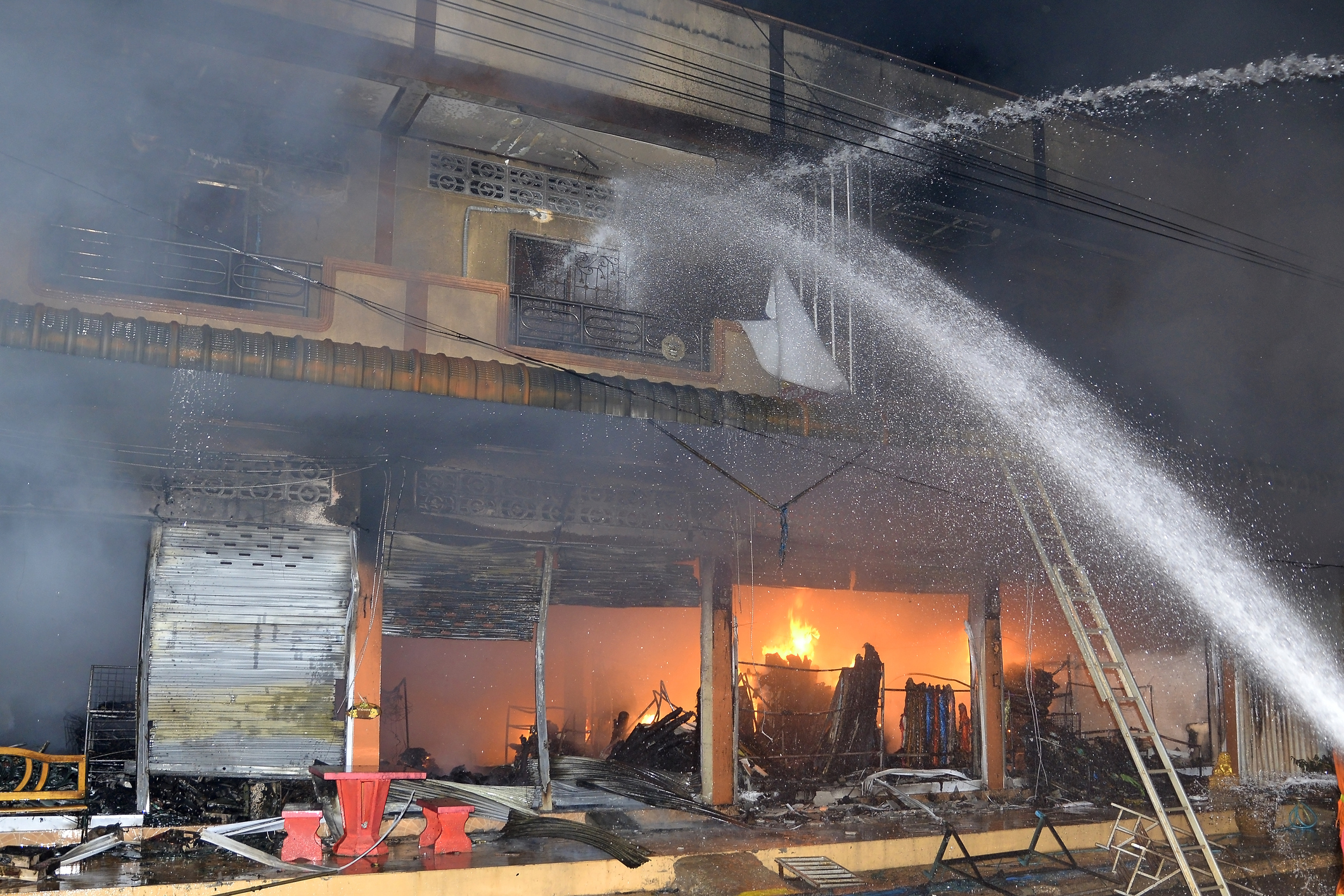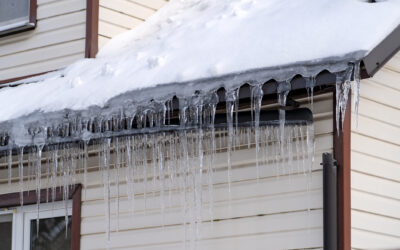Fire and water damage coverage is necessary for most businesses that depend on a safe and functioning environment. An unexpected fire or water-related incident can disrupt their operations.
Without the right insurance, damage to property, equipment, or client areas can cause significant financial strain. Businessowners must understand these risks.
Fire damage coverage
Generally, fire damage coverage should protect a business from the financial burden caused by fire-related incidents. Typically, this insurance covers structural damage to buildings, including walls, floors, ceilings, and repairing or replacing damaged equipment. For example, if a fire damages office spaces, the policy should help cover repair costs.
Additionally, the policy could include the loss of income due to temporary closures. However, fire damage policies often exclude damage from arson or certain types of electrical failures. When choosing the right coverage, policyholders must understand these exclusions.
Water damage coverage
Water damage coverage helps protect businesses from costly repairs after incidents like burst pipes or flooding. Typically, this coverage addresses structural damage to buildings and replacing furniture or equipment impacted by water. For example, if a burst pipe floods a room, the policy would cover the cleanup and repairs. However, water damage caused by flooding usually is excluded unless specific flood insurance is included.
Understanding these differences helps you to select the proper coverage for your business. This way, you can avoid unexpected costs when water-related issues arise.
Choosing the right coverage limits
Determining the appropriate coverage limits for businesses requires carefully assessing property value and business interruption risks. Fire and water damage coverage should reflect the cost of repairing or replacing the building and equipment, and potential income loss during downtime.
For example, if a fire or water incident leads to a temporary closure, the business interruption coverage will help cover lost revenue. Businessowners should assess their full replacement costs and projected income to help ensure they’re covered adequately. Reviewing these limits regularly is important—especially as property values or business operations change.
Mitigating fire and water damage risks
Preventing fire and water damage involves proactive measures like regular inspections and maintenance. For example, checking plumbing systems for leaks can help avoid water damage caused by burst pipes. Inspecting electrical wiring and ensuring fire alarms function properly reduces the risk of fire-related incidents.
Developing an emergency preparedness plan is another important step. Staff members should know what to do in a fire or water emergency to minimize damage and downtime. Your insurance agent can help guide you to implement these strategies to help protect your property.
Claims process simplified
Filing fire and water damage claims doesn’t have to be a complicated process. The first step is to notify your insurance agent. Next, the business must document the damage with photos and a detailed description. Then, an adjuster will assess the loss. Throughout this process, your insurance agent can assist you. The agent will help with the paperwork, explain coverage, and handle the claim efficiently.
A smooth claims process ensures any business recovers quickly and resumes normal operations with minimal disruption.
Coverage essentials
Having the right fire and water damage coverage is crucial for any business. Businesses can minimize potential damage by assessing coverage limits, implementing risk management strategies, and staying proactive with maintenance.

Mark Smith
Mark Smith is a commercial relocation specialist at Pro Movers Miami, a trusted moving company that provides professional residential and commercial relocation services. With a deep understanding of operational logistics and property safety, Mark offers expert guidance on minimizing risks during and after a move. He works with businesses to ensure seamless and properly protected transitions.





